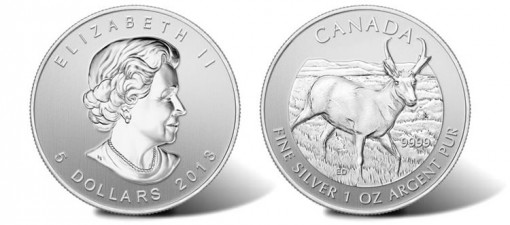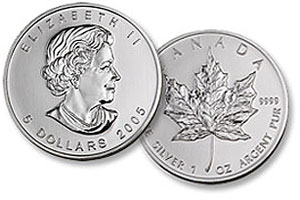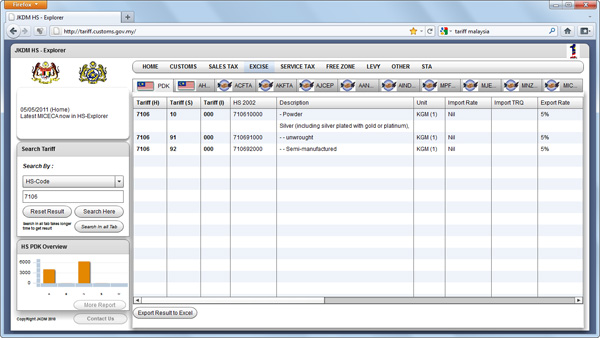

The Royal Canadian Mint as well as many other world mints issue their numismatic products with individual serial numbers included on the certificate of authenticity or some portion of the packaging. Particular serial numbers can carry substantial premiums, as evidenced by one recently completed eBay auction.
During 2012, the Royal Canadian Mint produced the final one cent coins for circulation following the decision to discontinue the denomination. The last one million pieces produced had been held back for inclusion within numismatic products.

Blanking, extruding, minting, these may be jargons to many of us, yet they are common terms in metal work industry. Silver, a precious metal, is soft and easier to work on, compared to the other industrial metal. When you are holding your American Eagles or Canadian Maples, all of them went through similar processes. Let us explore what are the steps involves in minting silver coins.
1. Melt
Coins’ life journey began underground, where miners bring them up from the ground and minting factories bring them in as ores. Another major source of silver today is from recycled sources, such as old picture/x-ray films & electronics. As you can see from the video, they used the sides of the blanked-pieces and re-melt them, resulting in almost zero-waste production.
Pure silver’s melting point is 962 °C (1763.5 °F) thus to be safe, minters heats them to over 1093°C (2000 °F). The solid silver will then melts into red hot liquid form. Then it is poured into billets, into a form or size depending on the factory’s machinery capabilities. Thus the shapes and sizes of the billets varies from one to another.
[Read more →]
Information is now available for the 2013 Pronghorn Antelope Silver Bullion Coin, the fifth of six issues in the popular Canadian Wildlife silver bullion coin series.
The Royal Canadian Mint unveiled the 2013-dated coin at the American Numismatic Association’s World’s Fair of Money Fair in Philadelphia, Pennsylvania on August 9, 2012.

Per the Mint’s news release, the pronghorn antelope is a true North American symbol, with herds of them live in areas stretching from southern Alberta and Saskatchewan in Canada all the way down to the Baja Peninsula and parts of Northern Mexico.
[Read more →]
In my previous post last year, I wrote about two HS-codes that every silver investor has to know; HS-code 7106 and HS-code 7118. If you have yet to read it, you can read it here: 3 HS Codes To Know Before Importing Silver into Malaysia.

Popular silver coins such as Canadian Maples, American Eagles and Austrian Philharmonic all fall under HS-code 7118. They are subject to import duty of 5% and sale tax of 10%.
In event your shipment got caught up by the Custom Department, chances are, you need to do clearance for it. You can either opt for Pos Laju or any forwarding agents of your preference to do it on behalf of you for a fee -or you can do it yourself.
Customs.gov.my stated that “Coin (other than gold coin), not being legal tender” is subject to import duty of 5% and sale tax of 10%.

^ http://tariff.customs.gov.my website
Thus, 15% aye? Not quite. You may be suprised.
[Read more →]